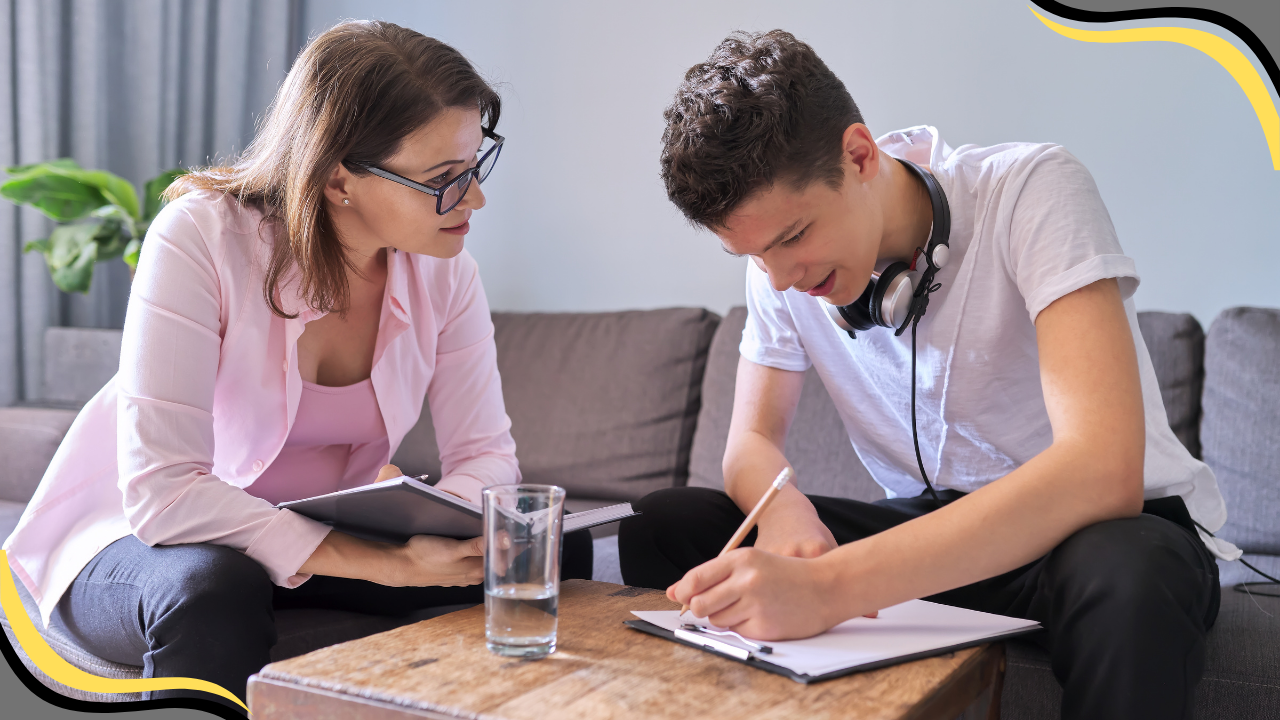How To Rebuild Connection With Your Teen: Therapist-Backed 3-Step Hierarchy Every Parent Should Know
Oct 21, 2025
As your child enters the tween or teen years, you may notice a painful shift — the once-easy connection you had starts to slip away. Conversations become shorter, tension rises, and criticism starts to creep in on both sides.
For many single parents, this emotional distance can feel even more intense — you're holding the household together alone, and the disconnection can feel personal.
But according to teen therapist Katie K. May, there’s a better way to reconnect. In her recent conversation on The Single Parenting Reset Show, she shares a simple but powerful 3-step framework called the Hierarchy of Connection.
Why Teens Pull Away — And Why It Hurts So Much
Teen detachment isn’t always defiance — it’s developmental. As children grow into adolescence, they seek more independence and autonomy. However, when this shift is combined with stress, conflict, or life changes (like divorce or new responsibilities for single parents), it can rupture the emotional bond you once had.
What’s the solution? Katie says: slow down and rebuild connection intentionally — step by step.
What Is the Hierarchy of Connection?
The Hierarchy of Connection is a 3-level model that helps parents of teens (and tweens) reconnect in a healthy, gradual, and emotionally safe way. Here's how it works:
Step 1: Presence in the Same Space
This is the foundation. Can you be in the same room as your teen without conflict or criticism?
That means no nagging about chores, no comments about their clothes, and no “while I have you here…” checklists.
Instead, just coexist peacefully. Let them be on their phone on the couch while you do dishes. The goal is to reduce tension and increase comfort in shared spaces.
Step 2: Side-by-Side Engagement
Once you've mastered presence, move to shared activities that don't require talking.
Examples include:
- Watching a Netflix show together
- Riding in the car listening to music
- Playing video games or listening to a podcast together
The lack of direct eye contact and low pressure actually opens teens up more — and they’ll often start to talk when you stop prompting them.
Step 3: Interactive Shared Activities
Now you're ready for deeper connection.
This is where you do things together and interact — play a board game, go for a walk and talk, or have a calm conversation about something they’re interested in (not about grades or chores).
Pro tip: Let your teen take the lead. Meet them where they are emotionally, and avoid hot-button topics.
Why This Framework Works (Especially for Single Parents)
Single parents often feel a greater urge to "get it all done" — parenting, logistics, work, discipline. But constant task-oriented interactions with your teen can erode the emotional connection.
The Hierarchy of Connection helps you:
- Reduce reactive parenting moments
- Build safe spaces for emotional closeness
- Create a more cooperative, open relationship over time
It’s not a quick fix. But it’s a sustainable, realistic approach that honors where your teen is — and where your relationship can go.
Final Thoughts: Start Small, Stay Consistent
You don’t have to reach level 3 this week. Maybe just work on being in the same room without commenting. That alone is progress.
And if you're feeling defeated, remember: Connection is built over time — in quiet moments, not lectures.
Listen to the full episode with Katie K. May on The Single Parenting Reset Show — and start rebuilding your connection today.
Join the Family here...
We hate SPAM. We will never sell your information, for any reason.


